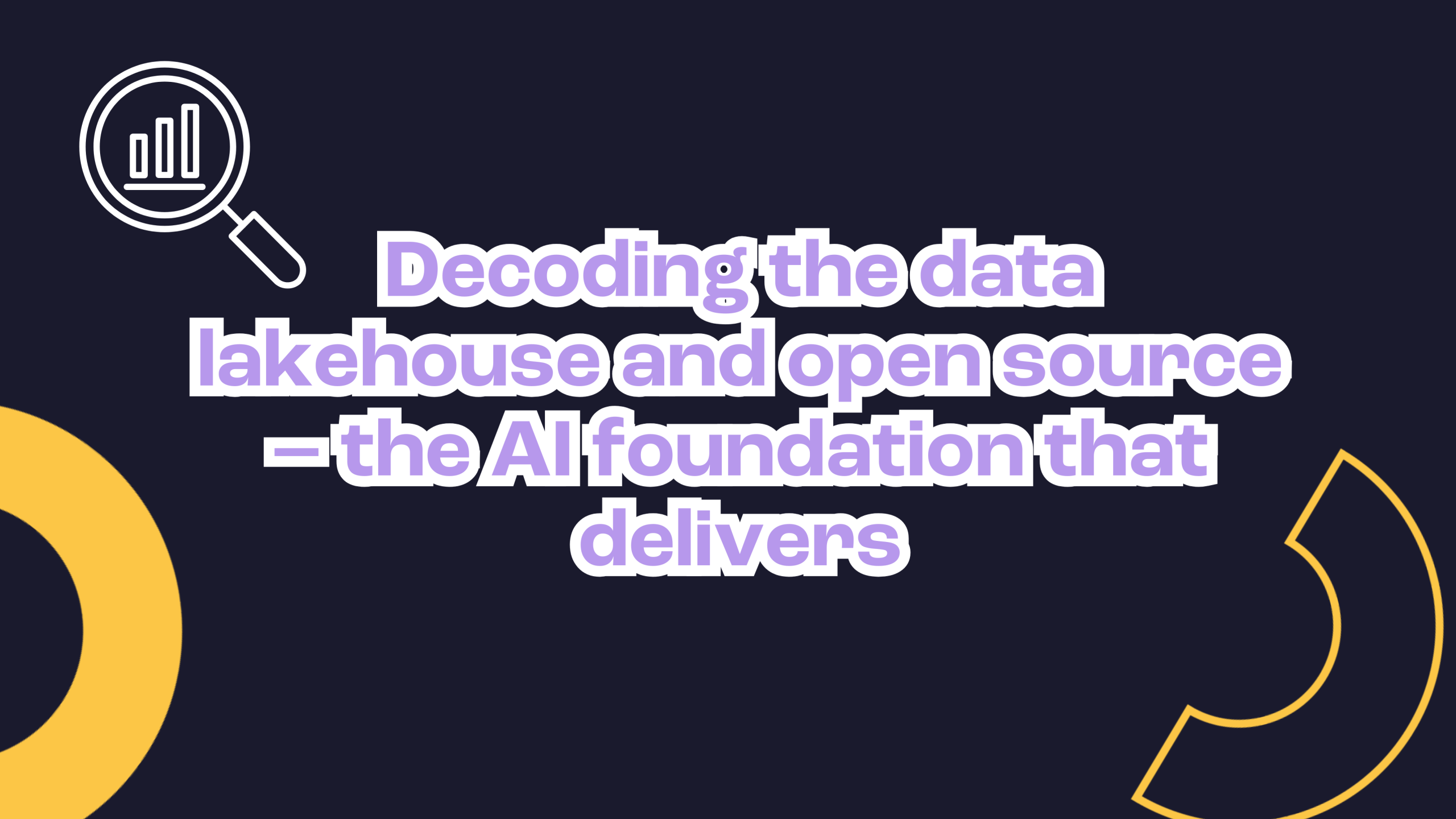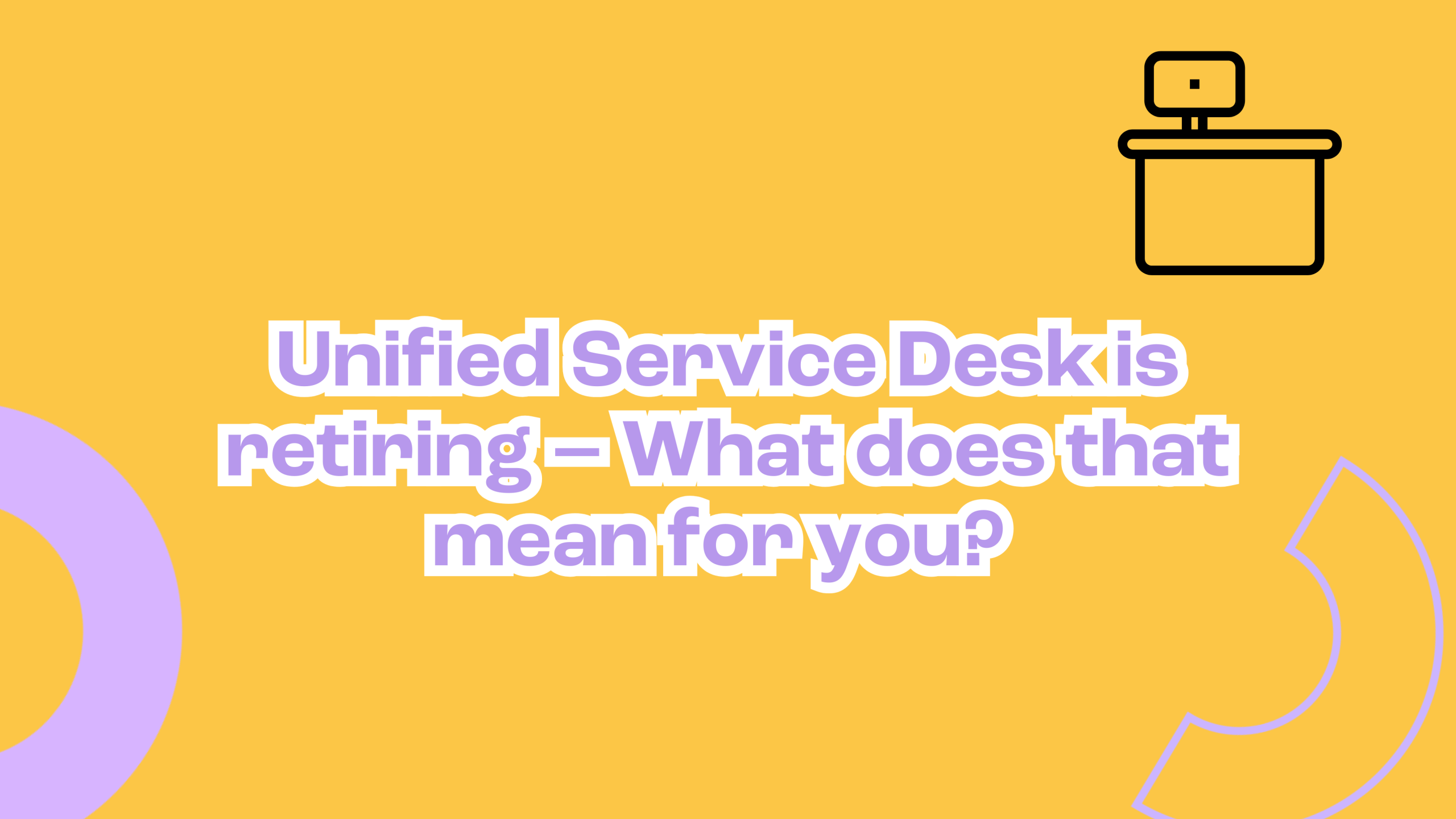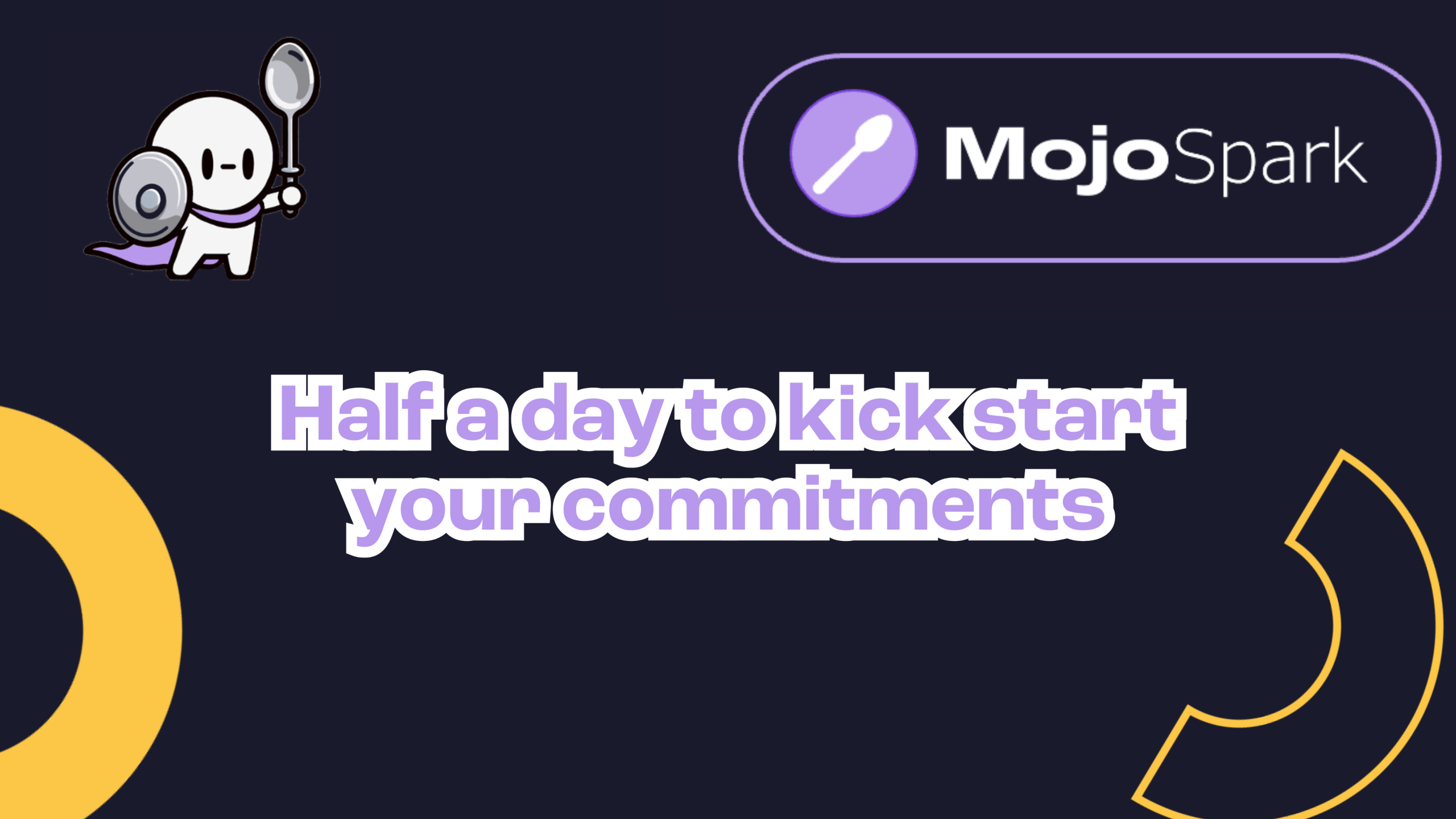If you come across the term ‘user stories,’ you might associate it with case studies, testimonials, or use cases. However, user stories are distinct from these other types of customer-oriented content. In the realm of Agile software development, user stories serve a significant purpose, but this same methodology can be applied to enhance content. In this blog, we’ll explore the definition of a user story and the reasons why our Mojo Soupians love them.
- Clearly defines the needs of the customer
We’re big fans of user stories because they provide a crystal-clear and concise understanding of our client’s objectives. By using plain language to describe the user’s goals, needs, and aspirations, we gain valuable insight into what they want to achieve. This knowledge enables our development team to stay focused on delivering features that align with the user’s needs and expectations, ultimately leading to increased satisfaction and loyalty.
One of the best things about user stories is that they are created in collaboration with the customer and are free from any technological bias. This approach ensures that our customer’s needs are at the forefront of the development process and helps us to deliver a solution that satisfies their requirements.
When user stories are coupled with well-defined acceptance criteria, they provide a clear scope of work that must be completed to achieve the desired outcome. By leaving no room for ambiguity, our clients receive precisely what they expected, leading to higher levels of customer satisfaction and trust in our services. - Promotes collaboration
User stories are typically written collaboratively, with the involvement of the development team, product owner, and stakeholders. They help create a collaborative and inclusive development process. By involving everyone in the creation of user stories, everyone gains a shared understanding of what the user needs and how to work together to achieve their goals.
This collaborative approach encourages open communication and helps build a sense of ownership among all parties. When everyone is invested in the process, we achieve more robust and valuable outcomes that exceed expectations. - Encourages prioritisation
User stories are an essential tool for delivering solutions that truly matter to the end-users (and we swear by this!) By prioritising features based on the value they bring to users, our development team can focus on creating a solution that meets their needs and ensure their satisfaction.
The ultimate goal of Agile development is to deliver a rapid minimum viable product (MVP) – user stories play a crucial role in achieving this. By identifying the most important features, the MVP can be created with just enough functionality to deliver value, giving our customers an early opportunity to use the product and provide feedback. This feedback can then be used to identify additional user stories, allowing the product to evolve through small, incremental changes. This iterative approach enables our team to deliver value early while providing a roadmap to shape the final solution.
*An MVP is a product that has just enough features to provide core functionality and allow the customer to gain value out of solution. - Boosts continuous feedback
Another reason why we love user stories is that they are a powerful tool for receiving continuous feedback from our users. With each user story completed, our users can provide feedback on how well their needs have been met, allowing for improvements to be made in future releases of the software.
By using this feedback loop, our development team can quickly iterate on the product, improving its functionality and ensuring that it is meeting the user’s needs. This approach leads to a product that not only meets the user’s requirements but also exceeds their expectations. In short, user stories provide us with a mechanism for creating a customer-centric product that is always evolving to meet the changing needs of our users. - Improves testing outcomes
User stories help us lay a solid groundwork for thoroughly tested software. By including acceptance criteria with each user story, the expectations of our customers are clearly defined, outlining how the user will interact with the system to achieve their desired outcome.
The acceptance criteria can include multiple scenarios, which give our developers a clear understanding of the scope of the feature and how the software should function. While primarily focusing on the positive requirements, acceptance criteria should also take into account any negative or exception scenarios that would prevent the user from achieving their intended goal. User stories help us ensure that the software functions as intended and delivers the value promised to the user.




